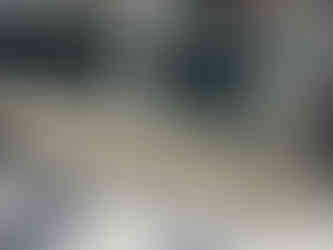
Create Your First Project
Start adding your projects to your portfolio. Click on "Manage Projects" to get started
Shakespeare Archaeology Museum
Location
London, UK
Status/Date
Completed / 2023
Project type
Culture / Historic Building & Preservation
Area
2,245 sqm GIA
Client
The Stage Shoreditch / Cain International / Galliard Homes
This museum is dedicated to preserving the remains of the Curtain Playhouse, one of London’s first purpose-built theatres. From 1597 to 1599, Shakespeare and his company performed here, with Romeo and Juliet and Henry IV believed to have premiered on this very stage. The theatre likely remained in use until around 1624, after which it faded from historical records. Its exact location was unknown until archaeological excavations for The Stage development.
Contrary to early expectations of an oval shape like the Globe, the Curtain featured a rectangular stage opening onto a courtyard with tiered seating. It is now recognised as one of the best-preserved Elizabethan theatre remains ever found in London and is designated as a Scheduled Monument by Historic England.
The museum itself is a feat of design and engineering, representing the collaborative commitment of the client, design team, and contractors to protect this rare archaeological find. Following a full excavation by MOLA (Museum of London Archaeology), the remains were carefully encased in a concrete protective box. After surrounding constructions were completed, the enclosure was carefully cut down to allow for the creation of the museum.
To give visitors a sense of what it was like to stand on the very stage where Shakespeare once performed, a modern glass stage now floats at the exact level of the original. A 25-metre steel beam spans the museum, allowing unobstructed views of the stage. To preserve the fragile brickwork, a dedicated mechanical air system maintains a controlled microclimate around the remains, while a separate drainage system safeguards against rising groundwater.
Today, the site lies at modern basement level, as the ground in London has risen by nearly three metres since Tudor times. The museum’s architecture responds to both its historic heritage and modern urban setting. The stainless steel façade gently shifts in profile to echo the flowing fabric of a theatre curtain and the name of the Curtain Playhouse. The undulating roof and terraced seating integrate seamlessly into the surrounding landscape, reinforcing the adjacent plaza as the heart of a vibrant community hub.
On the building’s north side, bird-shaped cut-outs offer public views into the original stage area. These shapes were inspired by a bird whistle discovered during excavation, alluding to Romeo and Juliet, Act 3, Scene 5, where the lark and nightingale are poetically referenced, perhaps even signalled with the very whistle unearthed here.
This project was delivered with Perkins&Will.

























